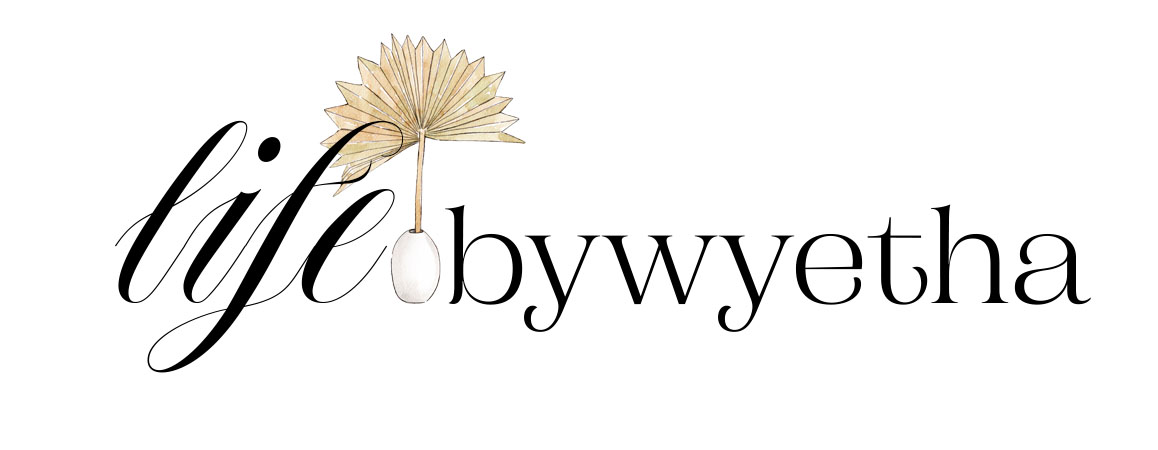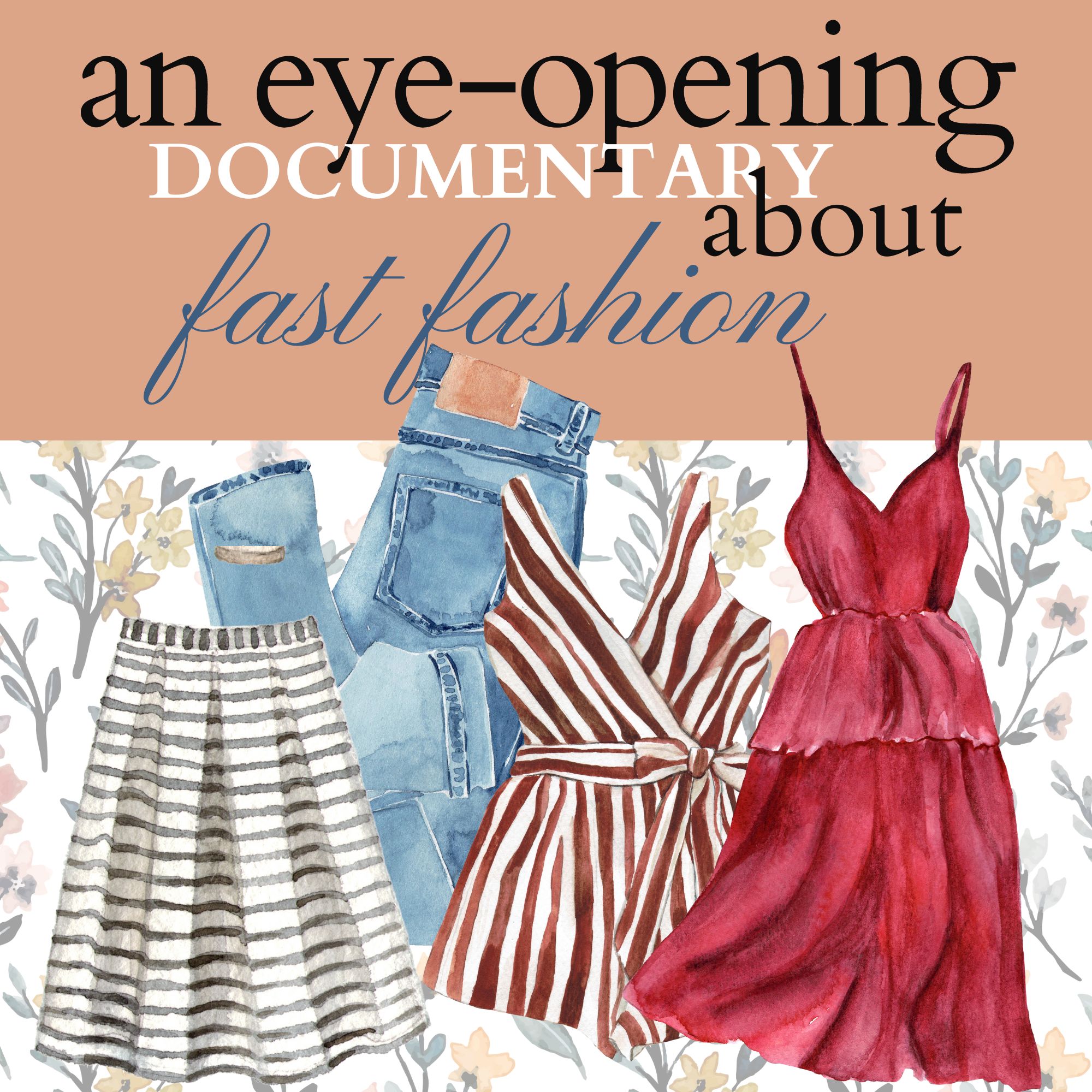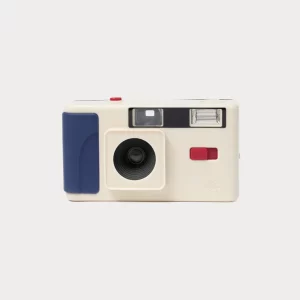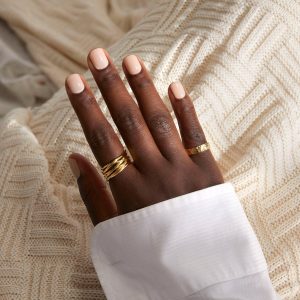An Eye Opening Documentary About Fast Fashion
Hello friends, and welcome or welcome back to the blog.
There is nothing to become, I am already abundant. — The Good Trade
Hello friends, and how are you? I hope you’re doing well, getting plenty of rest, staying hydrated, eating some good food, focusing on your mental health, and giving yourself grace.
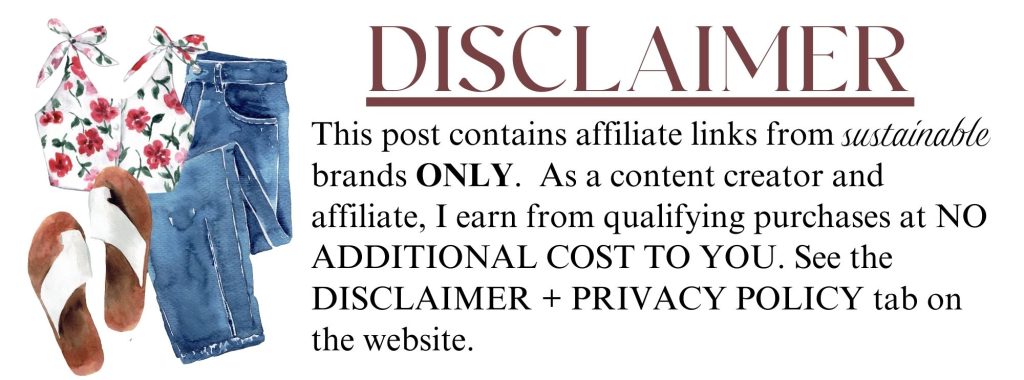
I watch A LOT of documentaries. Some are fun, some are about movies and cinema, and a few are (seriously) eye-opening. Recently, I watched Brandy Helville & The Cult of Fast Fashion. It showed up in my feed, and once I saw the trailer, I was bitten. Brandy Melville is a “fast-fashion” line with stores nationwide explicitly targeted to 13-21-year-old females. The clothing is sized XS to S, thus sending a poor message to our young ladies about body type and body image. Their motto is “One Size Fits Most”.
What bothered me more was the company getting away with never paying for advertising due to influencers. Meaning …” I’ll send you all these clothes if you take pictures, share them on social media, and tell your friends.” What’s better than word of mouth these days is the click of an iPhone photo? Not much.
So, let’s back up a bit … My “real life” job focuses on environmental issues (on a national and local level) in climate, air, and water, which involve the effects of fast fashion within our climate. We also hyper-focus on PFAS chemicals and sustainability, from what you eat and how your food is grown to the products you clean with.
Several of these “fast-fashion” brands (which I’ll list a few) don’t source sustainable materials and are made and produced in foreign countries using highly inequitable practices. This type of clothing doesn’t last, so it’s meant to consume, consume, and consume.
Where do the clothes from Thrift stores go when they can’t sell them? You guessed it, to foreign countries, and when they can’t sell the cheaply made clothing, it goes to a landfill, polluting our desserts and beaches, which pollutes our air and water.
I don’t dress for a moment in time …my clothes are timeless.
What is Fast Fashion Clothing? It’s named this primarily because it is clothing produced quickly with cheap materials to keep up with current fashion trends. Fast fashion is usually a copy of an expensive designer. Stores and fast fashion brands are creating up to 600 new styles and varieties … WEEKLY. ….WEEKLY friends.
THE BAD – The fashion industry accounts for 10% of annual global carbon emissions, according to statistics from a March 2023 report by the United Nations Environment Programme (UNEP). The report also found that the amount of garments produced today has doubled since 2000 — with consumers buying an estimated 60% more clothes today but only wearing them for half as long. (source: CNN)
Ladies and Gentleman…this is what fast-fashion waste (Waste Colonialism) looks like…
WHAT MAKES THESE COMPANIES WORSE: They use greenwash marketing, cheap labor, and unethical business practices to remain leaders in the industry. These companies are often very vague and not entirely transparent about their suppliers and how products are made. They disclose misleading information to fool customers into thinking they’re an ethical and sustainable company.
Fast Fashion Brands
H & M
Asos (TopShop)
Urban Outfitters (Anthropologie)
Zara
Shein
Forever 21
Fashion Nova
American Eagle
Top Shop
Primark
Brandy Melville
Anthropologie
Mango
Gap (Old Navy)
Misguided
Romwe
With all this information, you may be wondering, ok, you’ve named every place I shop, and we will most likely continue to shop because it’s affordable. Sustainable clothing is made ethically, but the downside is that it is more expensive. It’s not feasible or affordable for people to spend $130 on a pair of jeans …hell I can’t afford that. But I will spend $70-80 on a pair of jeans that can stand the wash and wear of daily life vs a $25 pair that wears thin after a few washes.
We all like refreshing our wardrobes, but at what cost? A hit to the environment or your wallet.
I’m still working this out.
Sustainable clothing brands adhere to ethical and responsible labor practices, ensuring their employees receive fair wages and have safe working environments. They use all-natural and organic materials, low-impact processes, and recycled/upcycled materials in their pieces where possible.
A shortlist of sustainable clothing stores
Pact (Clothing & Home Goods)
Everlane (Womens, Mens)
Etsy (support small business)
Warp + Weft (All denim on sale for $49)
Colored Organics (Babies & Kids)
WearWell (up to size 5X)
Able (Women’s Only)
Donation Alternatives
Remember never to use those huge drop bins that you see in parking lots and shopping centers. They say clothing donations, but 75% of the time, that clothing goes to a large warehouse or shipping container and is shipped overseas to be sold in clothing markets. What can’t be sold goes to the landfill.
Consider clothing swaps, women’s shelters, or Church events where you know your donations can serve the community. Ensure your items are in good condition and not worn to the bone. Remember that someone could use this for a job interview or the first day at work. They even have programs in late March and April to donate your (gently used) formal wear so teenagers can have prom dresses without breaking the bank.
My Sources
Here are a few sources used in this post. I hope you have time to check out the articles listed.
https://www.sustainably-chic.com/blog/fast-fashion-brands-to-avoid
https://goodonyou.eco/what-is-fast-fashion/
https://www.cnn.com/style/what-is-fast-fashion-sustainable-fashion/index.html
https://growensemble.com/fast-fashion-brands/
https://www.theguardian.com/fashion/2023/oct/18/the-missing-link-is-textile-recycling-the-answer-to-fashions-waste-crisis
https://www.theguardian.com/fashion/2024/jan/18/its-the-industrys-dirty-secret-why-fashions-oversupply-problem-is-an-environmental-disaster
Now, I’m no saint when it comes to clothes shopping, and I will hit Nordstrom or The Rack a few times a year, but I think shoes are my demons. I just posted about my favorite loafers and purchased shoes, but in my “defense,” I can get at least three summers out of my shoes before they hit the graveyard, and maybe not even then. As I get older, I’ve become more aware of how consumption affects our daily lives. I want to do better, even if it’s just in my little corner of the world.
Well, friends, I hope I’ve given you some good information today, and by no means am I shaming anyone’s shopping preference. I want you to be more aware of what’s out there, which will inevitably lead to better living.
Thanks so much for visiting the blog today. Don’t forget to follow and subscribe, as I appreciate the support. — Peace
